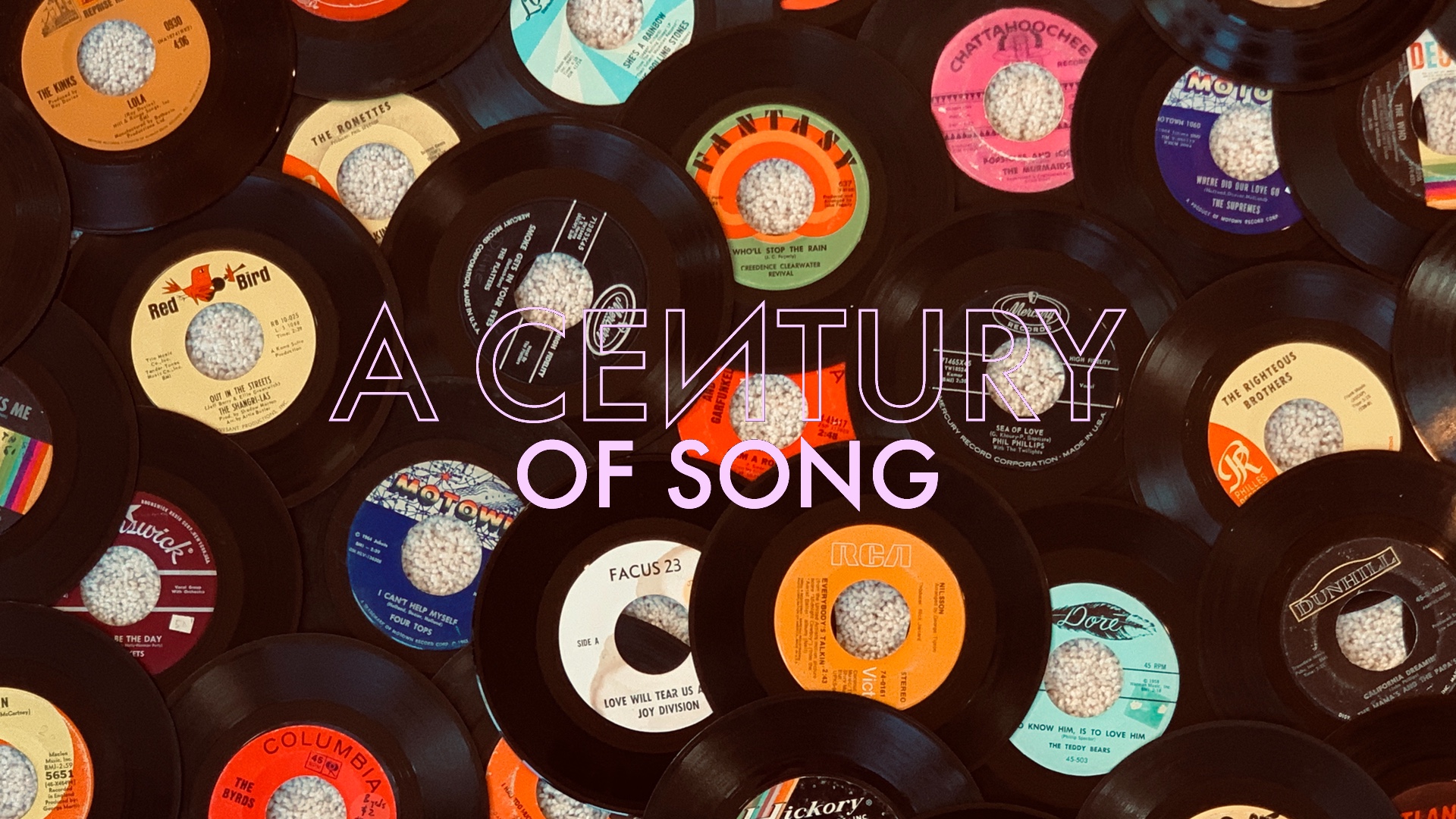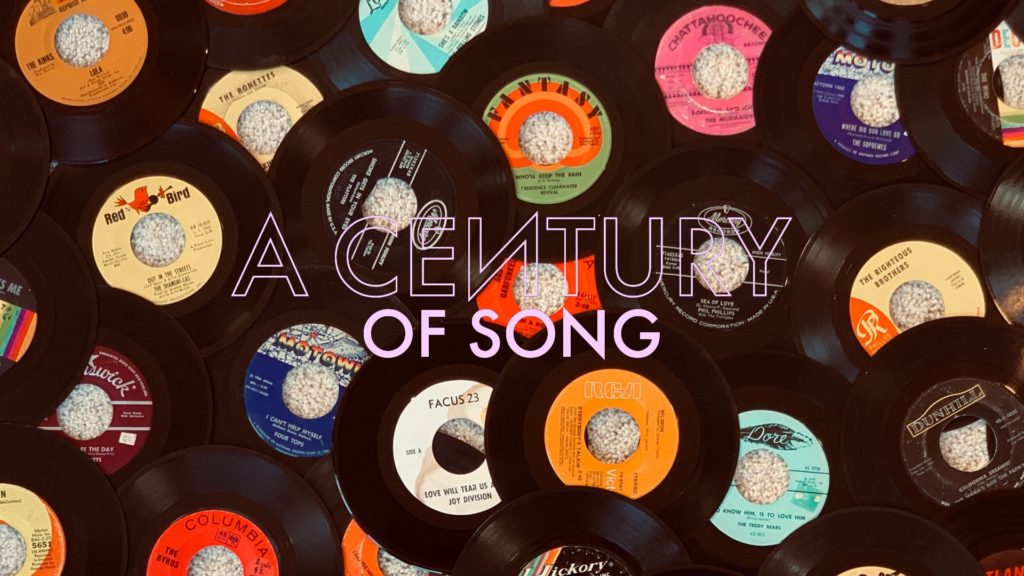
A Century of Song is an attempt to summarize 100 years of popular music through 1000 carefully chosen tracks. Included within this list are landmark singles, stellar album cuts, huge hits, hidden gems, and more than a few personal favorites. Read the introduction for the project here, and enjoy the embedded videos and Spotify playlist.
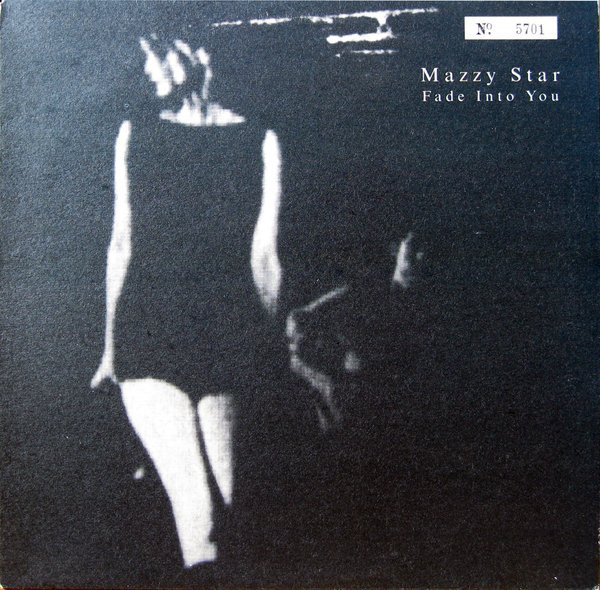
130
There are precious few songs that conjure an atmosphere more alluring than that of Mazzy Star’s defining single. The highlight of the California group’s 1993 album, So Tonight That I Might See, “Fade Into You” is evocative, ethereal, and nothing short of stunning.
Minimalistic in nature, the arrangement of “Fade Into You” keeps the focus squarely on the song’s most elemental qualities. Hope Sandoval’s vocals are distant – detached but strikingly immediate, nevertheless. The range of her melody line is limited, but there is an undeniable sense of longing and affection in her performance.
Equally inspired is the work of Dave Roback, who passed away in early 2020. His slide guitar lines provide “Fade Into You” a haunting instrumental signature that lingers long after the song is over. Bathed in reverb, it’s easy to see how the track would eventually become a signifier for the emergent “dream pop” sound.
Unsurprisingly, Mazzy Star would never again match the heights of “Fade Into You.” While limited in scope, their sound found its perfect equilibrium of composition, arrangement, and production on this thoroughly magical recording. That alone makes for an impressive legacy.
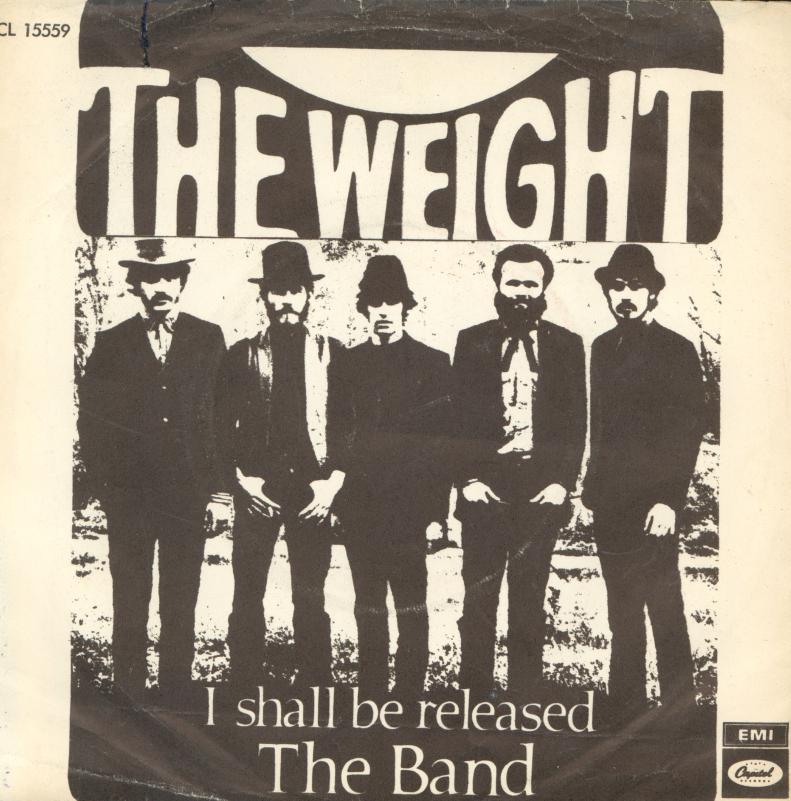
129
In early 1968 – following three years of touring behind Bob Dylan – Richard Manuel, Garth Hudson, Robbie Robertson, Rick Danko, and Levon Helm decided to finally set out on their own. Armed with a set of songs written in the same house that they had recorded the legendary “Basement Tapes” in – plus a couple of Dylan compositions – they rechristened themselves as The Band, and released Music from Big Pink that summer.
The expectations for Big Pink were high. While it has been rightfully considered a classic record from the time of its release, one could argue that it wasn’t until The Band’s 1969 self-titled follow-up that the group truly brought the songcraft worthy of their lofty reputation. That is, with one notable exception.
“The Weight” is another one of those songs that seems to have just sprung from the well of collective consciousness. Even in 1968, there must have been an immediate familiarity about the track – one heightened by its clever mixing of surrealism with everyday experiences. One such example is in its opening verse, among the most quotable in the history of rock music:
I pulled into Nazareth, was feelin’ about half past dead
I just need some place where I can lay my head
“Hey, mister, can you tell me where a man might find a bed?”
He just grinned and shook my hand, “No” was all he said
While Robertson was credited as the song’s sole writer, “The Weight” was a true group effort. Helm sings most of the verses – save for Danko’s shaky-voiced lead in the fourth verse – but the chorus features a group ensemble that highlights The Band’s oft-underrated vocal interplay.
Few groups could have successfully stepped from out of the shadows of such a monumental figure as Dylan. However, with “The Weight,” Manuel, Helm, Danko, Hudson, and Robertson justified the bravura of referring to themselves as simply, The Band.
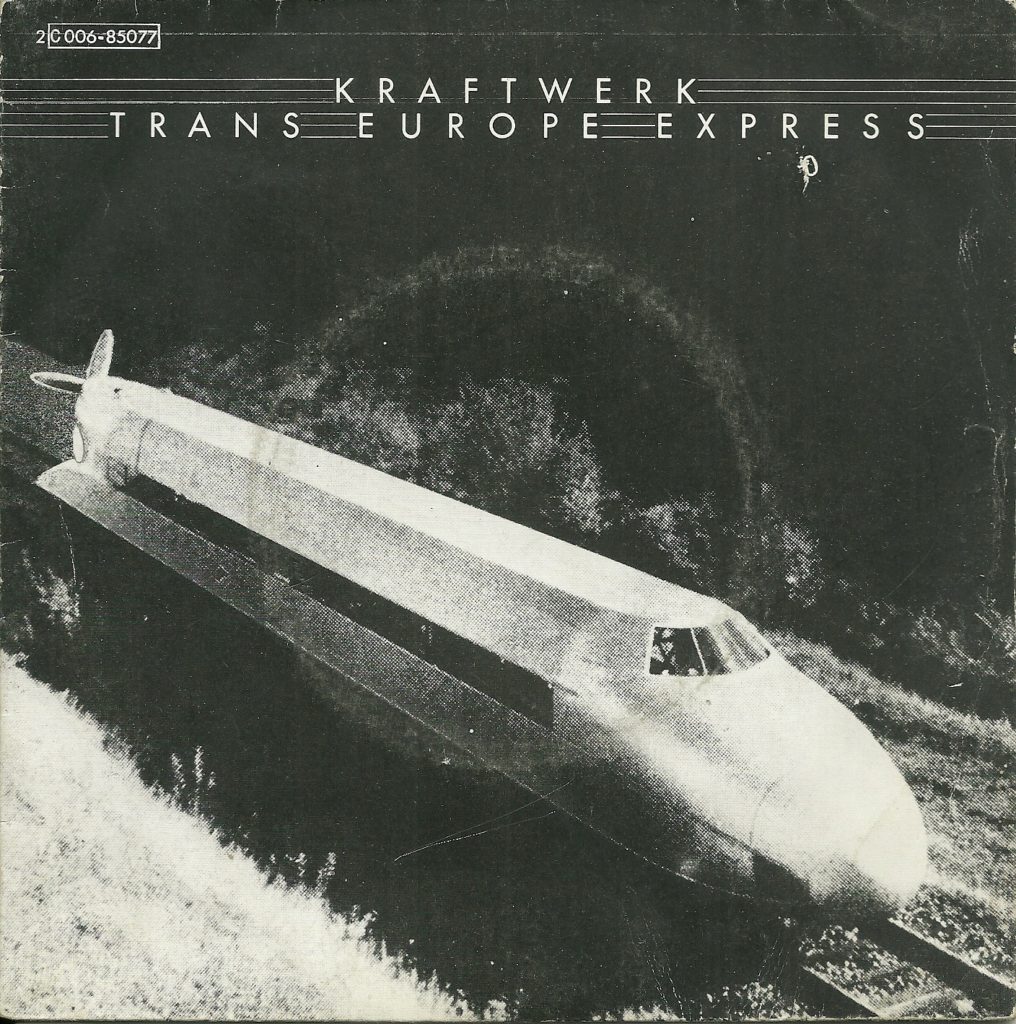
128
The centerpiece to Kraftwerk’s masterpiece, “Trans-Europe Express” was the title track to an album whose influence is simply incalculable. Even before considering that it was the source material for one of the most fundamental hip-hop tracks of all-time – Afrika Bambaataa’s “Planet Rock” – “Trans-Europe Express” is a colossally important recording.
Released as an advance single, “Trans-Europe Express” was the most concise, pop-oriented track in Kraftwerk’s career to date. Its musical hooks, infectious beat, and detached vocals – complete with references to Iggy Pop and David Bowie – would instantly establish a new template for accessible, electronic-based pop music.
On the album, “T.E.E.” was expanded to a nearly-fourteen-minute run-time – a virtual suite that encompassed two adjoining tracks in “Metal on Metal” and “Abzug.” It was here that the hypnotic, rhythmic effect of the song reached full fruition – its many repetitions suggesting the merging of the human and mechanical that not only was the focus of much of Kraftwerk’s lyrics, but the very essence of their form of art.
As a single six-minute piece, “Trans-Europe Express” was a landmark within a landmark, within another landmark. Alongside the other songs from Trans-Europe Express, it suggested a bold-but-welcoming challenge for the future of popular music – a future that was hard to imagine without the influence of this absolutely pioneering group.
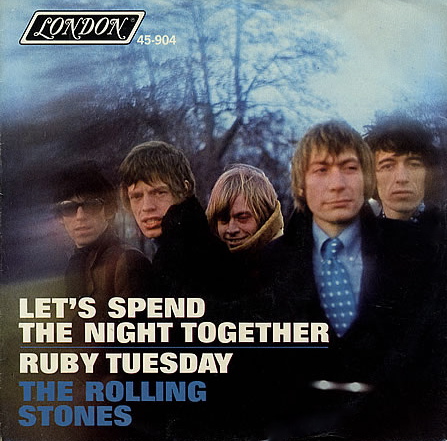
127
In making a list like this, I’m often forced to reconcile balancing favorite with best. While neither are entirely objective – and subject to change – I nevertheless try to apply the right amount of personal weight to the scale to keep the list my list. While there are still a couple of Rolling Stones songs yet to come, for all intents and purposes, “Ruby Tuesday” is my favorite track ever recorded by the group.
Though the Stones’ dalliances with baroque pop and psychedelia are derided by many for following too close on The Beatles’ coattails, there was an undeniable charm at the heart of the band’s best mid-sixties work that – for me, at least – goes missing in their more revered later recordings. Much of that quality must be attributed to the efforts of Brian Jones – the talented-but-troubled multi-instrumentalist who was fired by the band in 1969, and died only a month later at the age of twenty-seven.
Jones’ imprint can be found all throughout “Ruby Tuesday.” It’s his recorder that lends the song its most distinctive musical element, and the almost-medieval feel that sets it apart from the majority of the band’s catalog. Though credited to Mick Jagger and Keith Richards, accounts from inside and outside of the group suggest that Jones had a significant hand in the song’s composition.
Elsewhere, “Ruby Tuesday” is richened by the contributions of the remainder of the Stones. Jagger gives one of his most sincere performances, Richards and Bill Wyman each contribute a droning double bass part, and Charlie Watts propels the song into its unforgettable chorus. I’ll accept that – on at least a couple of instances – The Rolling Stones may have been better, but this is my ideal version of the group.
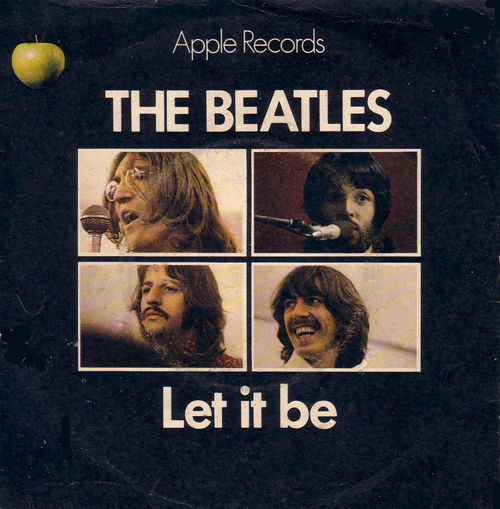
126
This may have gone otherwise unnoticed, but I have knowingly left The Beatles’ two biggest ballads – this one and “Hey Jude” (#142) – outside of the top 100 songs. It seems counterintuitive, but it’s both a testament to the greatness of the songs still to come, and the fact that – for all of the merits of these two tracks – I still hold the group’s 1964-67 era in much higher esteem than their 1968-70 work.
With that said, “Let It Be” remains a glorious piece of songwriting from Paul McCartney. Simple, direct, and hymn-like, the track’s message played out like a wonderful bit of self-advice, seeing as how it was written and recorded during the band’s tumultuous disintegration.
Whatever animosity existed between The Beatles when they recorded “Let It Be” is impossible to detect in the finished product. It’s the single version – rather than the Spector-ized title track to their final record – that reigns supreme. In it, George Harrison delivers what may be the finest guitar solo of his Beatle years, and teams with John Lennon to provide some of the most affecting vocal harmonies in the band’s catalog.
The common narrative is that the story of the greatest pop act of all-time ended in bitterness and rivalry. Whether that is true or not casts “Let It Be” in a complicated light. Maybe it’s a calm at the center of a storm, or perhaps just another in a long line of triumphs. Either way, like so much of The Beatles’ work, it has come to transcend its original context, and become universal in the process.
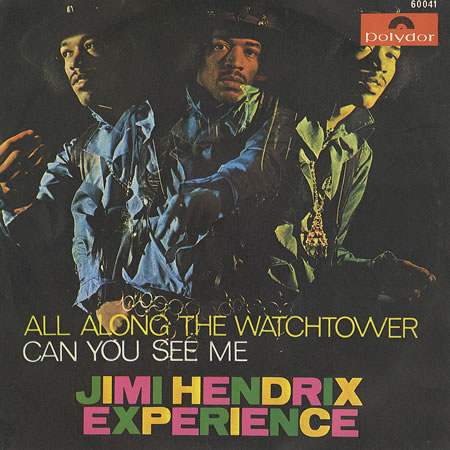
125
Frequently cited as the greatest cover version of all-time, Jimi Hendrix’s take on Bob Dylan’s “All Along the Watchtower” takes the dark imagery of the 1967 original, and transforms it into something apocalyptic. Stirring and intense, it stands as the peak recording in Hendrix’s tragically-brief discography.
Dylan’s “Watchtower” was barely two months old when Hendrix and his band began working on their take. Hendrix would spend months tinkering with the session tapes – adding and subtracting layers of guitar and percussion – before finally reaching a finished version in the summer of 1968. When it arrived – first as a single, and then as the centerpiece to the double-LP Electric Ladyland – it rendered Dylan’s version nearly obsolete.
In 1967, Hendrix and his band had recorded the song “Fire.” With “Watchtower,” Hendrix created fire. The song’s instrumental ferocity seemed to serve as an apt metaphor for an intense year of violence, both foreign and domestic. In fact, it wouldn’t take filmmakers long to realize its evocative powers either, as the song soon became a staple of cinematic scenes of war and violence.
Almost two years to the day after releasing “All Along the Watchtower,” Jimi Hendrix died at the age of twenty-seven. He left behind a remarkably rich legacy for someone of such a young age, but no other track in his discography matches the piercing magnetism of this one.
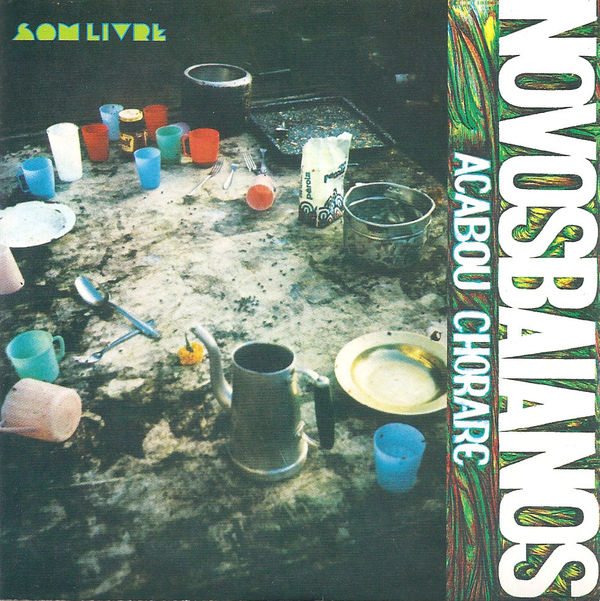
124
Over the past decade, I have made a sincere commitment to discovering more music from the non-English-speaking world. Despite the many highlights of these findings – Nigerian funk, Japanese folk, Korean indie rock – my absolute favorite unearthing has been the immensely vibrant music produced in Brazil from the late-sixties to the early-seventies. While I remain far from an expert on the subject, I can say that this is the greatest Brazilian track that I have ever heard.
Novos Baianos formed in the late-1960s, and – despite their shared fondness for merging more traditional Brazilian sounds with western pop music – they were not of Brazil’s short-lived Tropicalia scene. Rather, Novos Baianos represented the forefront of the emergent “MPB” (Música popular brasileira) movement – similar stylistically to Tropicalia, but minus the political undercurrents that made the Tropicalists targets of Brazil’s military dictatorship.
Widely considered to be the group’s masterpiece, 1972’s Acabou chorare has frequently featured atop lists of the greatest ever Brazilian albums. Even on an album brimming with highlights, “Preta Pretinha” is a particularly special standout track. Beginning as an intimate, bossa nova-inspired song, it eventually unfolds into a gloriously celebratory coda, one both richly arranged and deeply melodic.
While a great deal of the appeal of “Preta Pretinha” is lost in translation – online translations from the song’s original Portuguese lyrics to English invariably mention the subtlety lost in such an exercise – its joyous nature and musical vibrancy transcend linguistic and cultural barriers. In any language, it is a masterpiece.
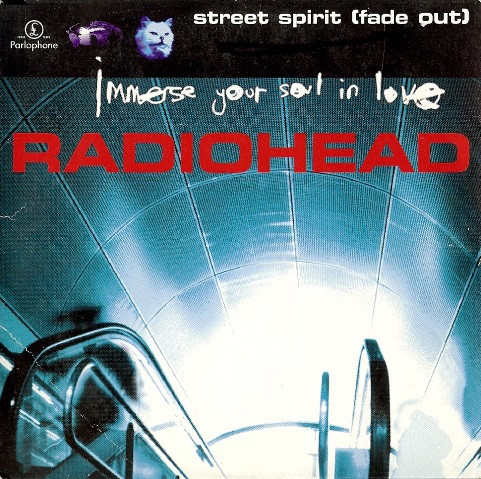
123
Like many who first heard “Creep” (#619) in the summer of 1993, I procured a copy of Pablo Honey shortly thereafter. Despite its present-day reputation, I was quite fond of it – and still find it better than most would suggest. However, when The Bends was released in early 1995, I held off from purchasing it. Consequently, I ended up hearing Radiohead’s first classic album in fits and starts.
I had still paid little attention to The Bends as a whole – despite my younger brother owning a copy of it – when I put the album’s final track at the end of a mixtape in the spring of 1997. I had only heard “Street Spirit” a couple of times, but knew that it would fit the mood of an upcoming family trip that guaranteed headphone listening during a pair of night drives across the Mojave Desert.
Of course, Radiohead themselves had also felt that connection between song and place. The song’s video – filmed in the same exact desolate landscape – had tapped into the track’s immense, urgent sense of isolation. It was an evocative clip that not only showed the incredible artistic growth from Pablo Honey, but the promise of even greater things to come.
That urgency keeps “Street Spirit” in a vaunted position in Radiohead’s catalog. It’s a track of great contradiction: calming-but-intense, beautiful-but-threatening, intimate-but-infinite. No wonder it makes perfect sense as the soundtrack to a cold night in the desert.
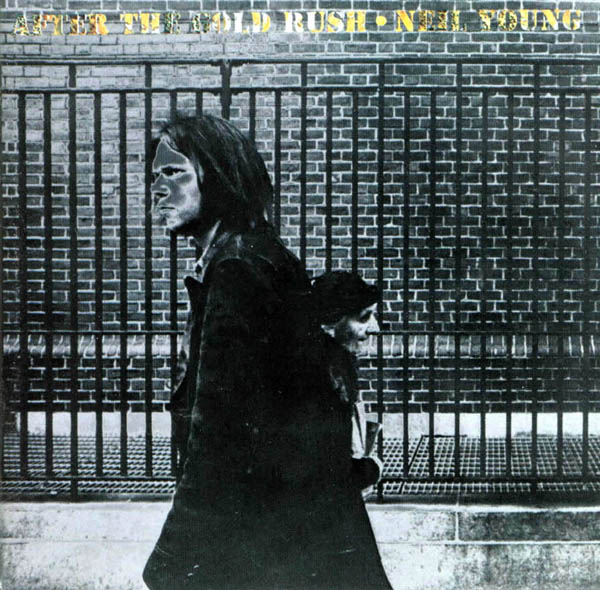
122
Neil Young’s second solo record – 1969’s Everybody Knows This Is Nowhere – helped to establish him as a legitimate talent, following his early brush with fame as a member of Buffalo Springfield. However, for all of its merits, Everybody Knows – billed as a collaborative effort with his band Crazy Horse – was dominated by a pair of lengthy guitar excursions that diverted attention away from Young’s songwriting, and toward his unique musicianship.
Its follow-up, 1970’s After the Gold Rush, was something of a course correction. A true singer-songwriter record, released at the dawn of a decade that would be dominated by such a style, Gold Rush is where Young began making a compelling case for his status as one of the premier writers of his generation. Its alluring title track stands among his unquestionable masterpieces.
Finding Young alone at the piano – save for a wonderful flugelhorn solo by Bill Peterson – “After the Gold Rush” is a cryptic tale of looming environmental catastrophe. Arriving when it did – at a point where even the Nixon administration was ready to acknowledge America’s many ecological crises – the song was both timely and prescient. That it was delivered in what may be Young’s most heart-rending melody only adds to the song’s deep sense of foreboding.
After the Gold Rush was the opening salvo in what would ultimately be a dizzyingly productive – and immensely rewarding – decade of work for Neil Young. Alongside fellow-Canadian, Joni Mitchell, he would stand as the most vital (North) American artist of the seventies, but rarely would Young – or anyone else – match the masterful heights of this gorgeous track.
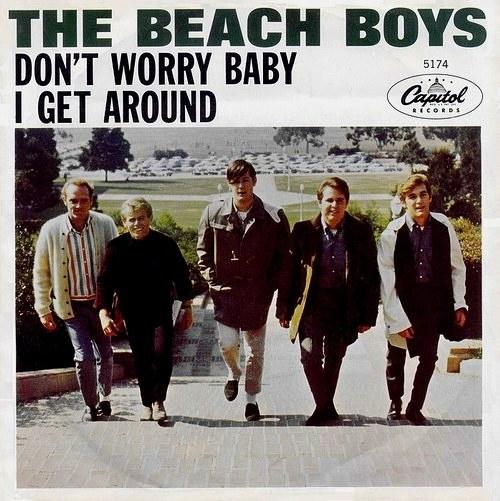
121
By early 1964, in the words of Mike Love, The Beach Boys had already established a successful “formula.” Songs about surfing, cars, and girls had made them stars. The money was coming in. With a few more hits, the group – still in their late-teens and early-twenties – might be able to avoid ever having to return to the workaday life that music had rescued them from. Brian Wilson wanted more.
Wilson had recently become obsessed with the work of Phil Spector: particularly the 1963 Ronettes single, “Be My Baby.” “Don’t Worry Baby” was written as his response; rumors suggest that he actually offered the song to The Ronettes. While the track would find Wilson’s compositional and production skills reaching new heights, the lyric – co-authored by Roger Christian – was designed around a car racing theme, perhaps to placate the demands of both his bandmates and the suits at Capitol Records.
While Wilson would soon begin working with Spector’s go-to studio musicians – aka The Wrecking Crew – “Don’t Worry Baby” was recorded by just the five Beach Boys themselves. Working at United Western Recorders, Wilson was able to put the studio’s legendary echo chamber to use, giving the sparse four-piece instrumental track a virtually symphonic feel.
Of course, it was the band’s unrivaled ensemble vocals that truly made “Don’t Worry Baby” a classic. Over a bed of harmonies that he referred to as the “Beach Boy blend,” Wilson’s pure falsetto voice soars into the dark summer night. There was danger ahead, but there was also enormous possibility. For the first time, Brian Wilson’s mind had tapped into something utterly remarkable.


